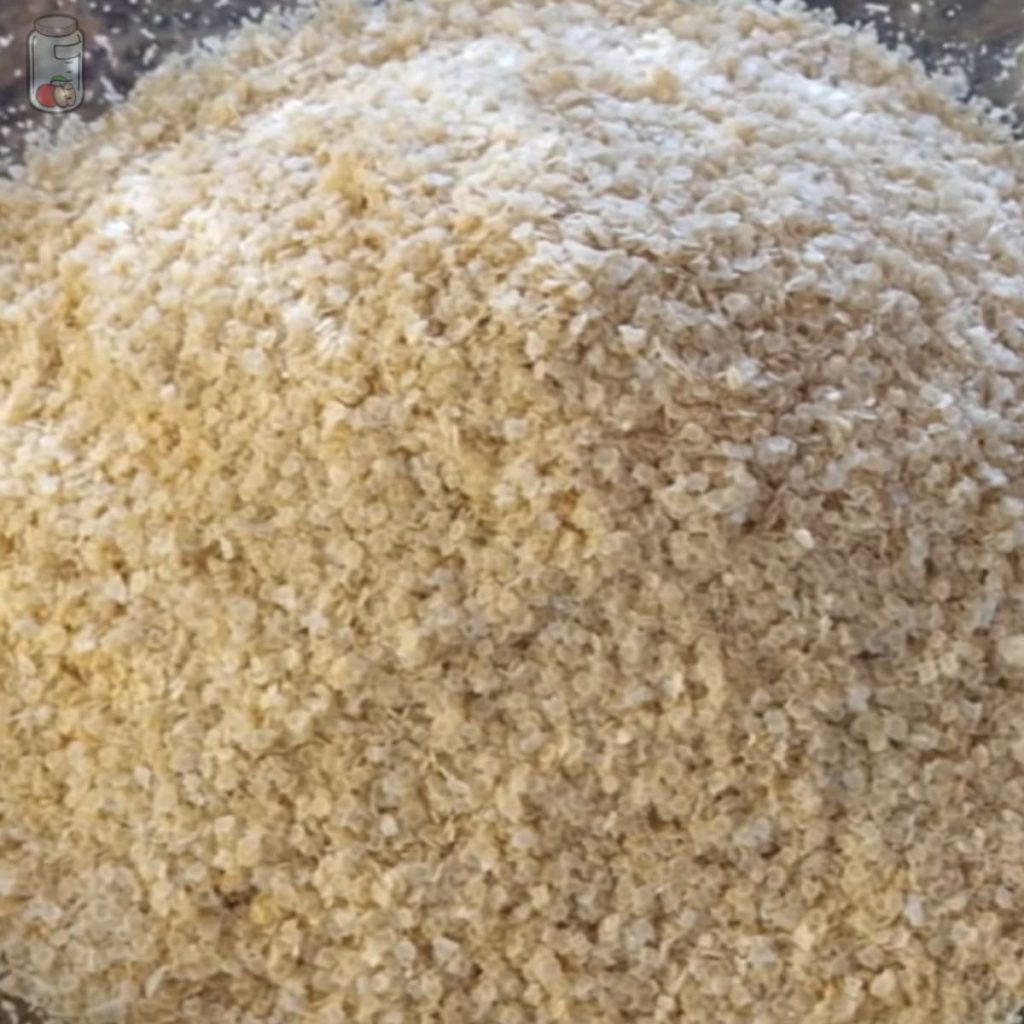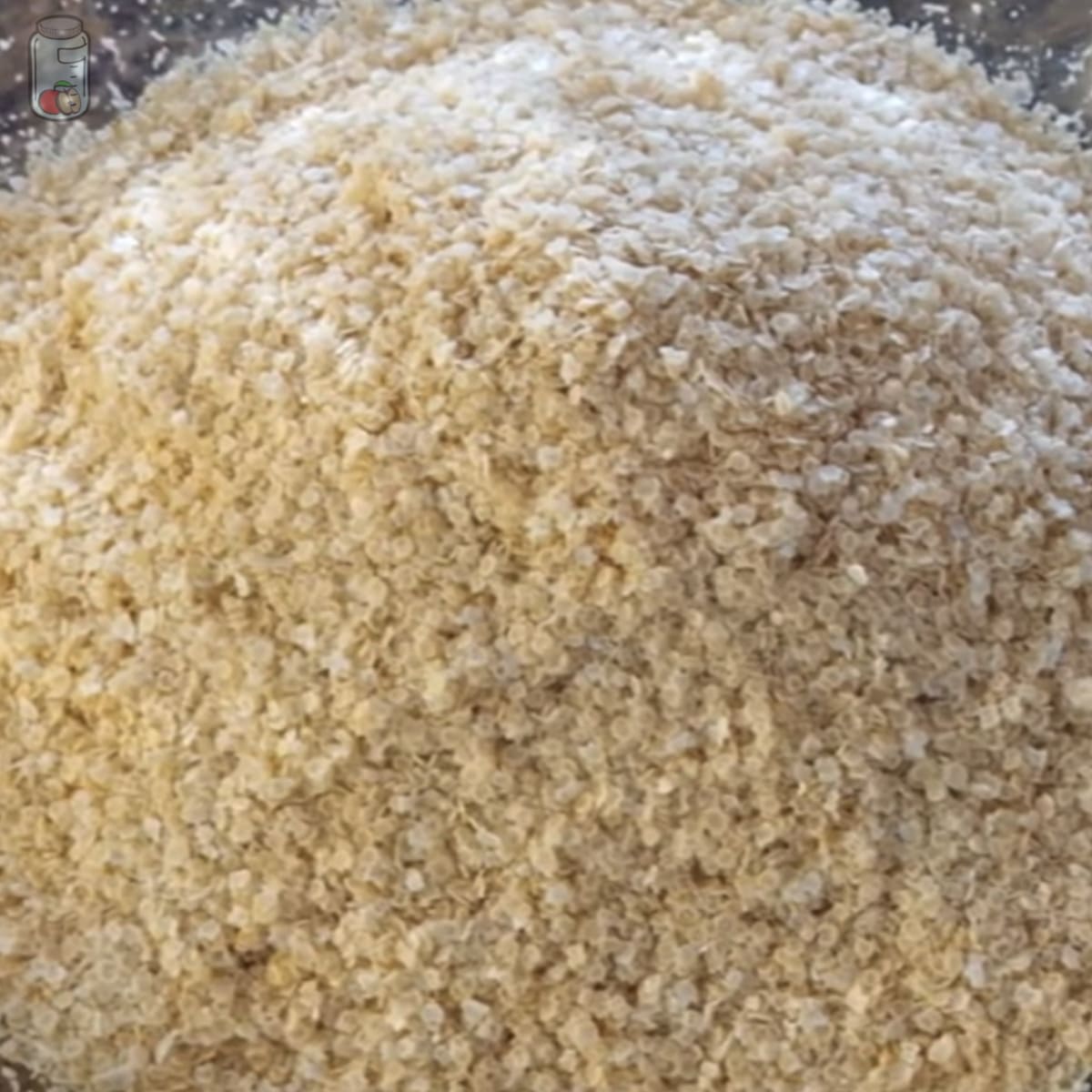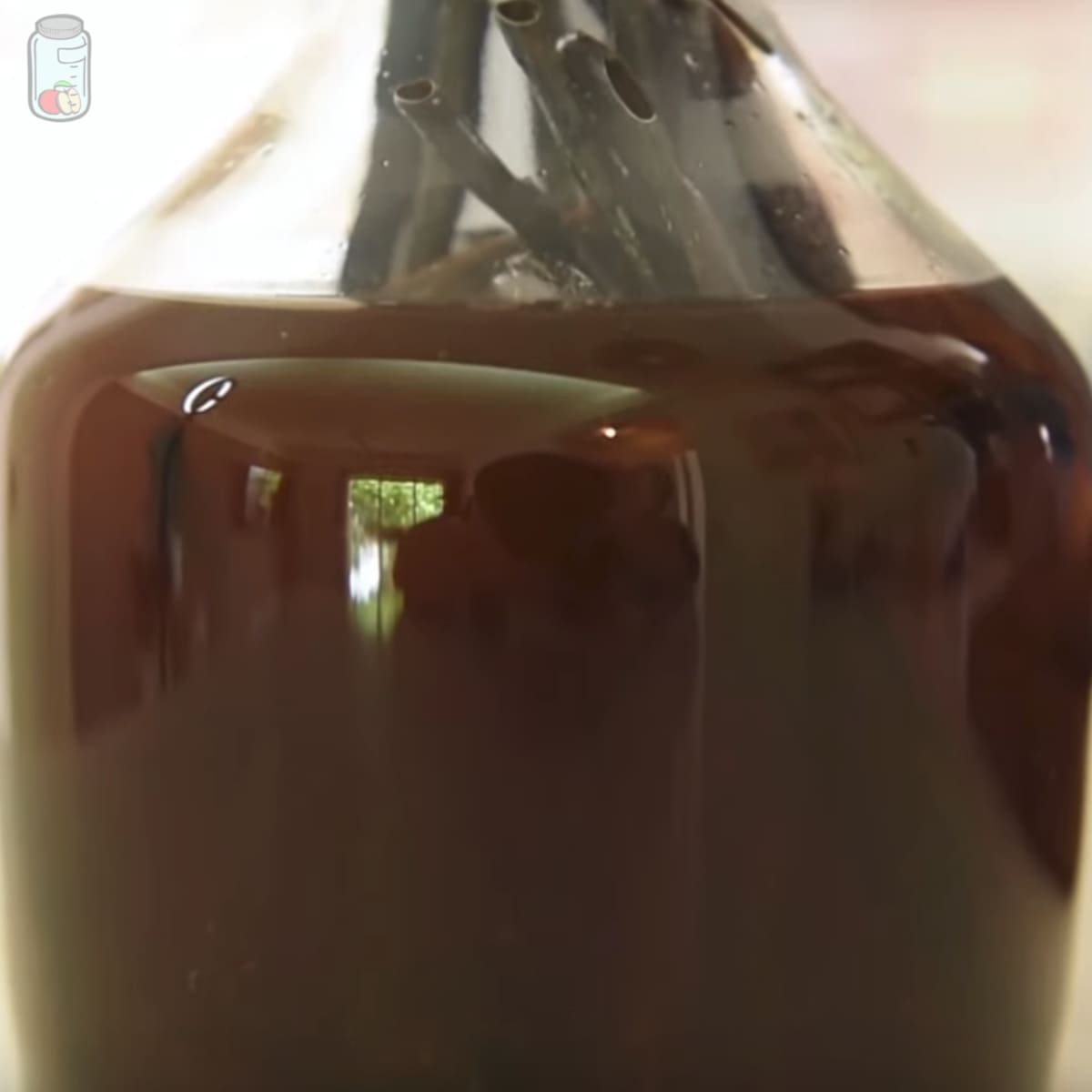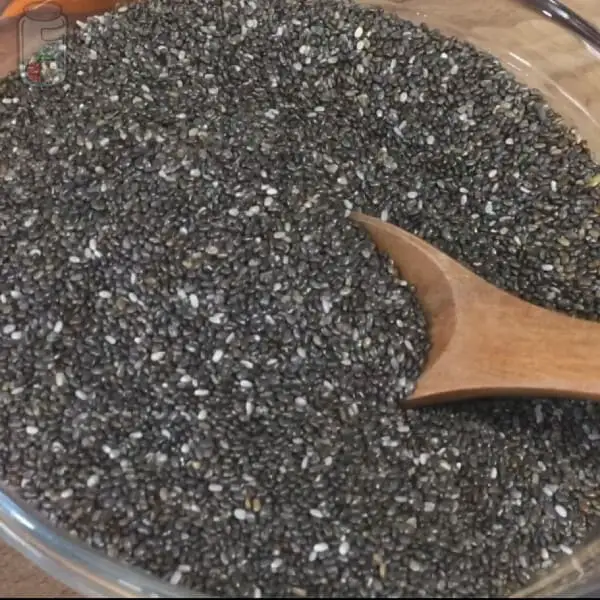Amaranth usually refers to the tiny seed cataloged as a pseudo-cereal thanks to its high nutritional content, but how is amaranth preserved?
You can store amaranth seeds at room temperature for a year. You can also refrigerate it for 18 to 24 months or freeze it for 2 to 5 years.

If you want to know how to preserve amaranth, keep reading.
How to store amaranth at room temperature
As amaranth seeds contain a good amount of natural oil, you should consider some aspects that I will explain below:
- Step 1: Put the amaranth in an airtight container.
Try to use a glass container, as it is an excellent material for preserving food for a long time. In addition, it must have an airtight lid.
You can also place amaranth seeds in an airtight container made of plastic or inside an airtight bag. Still, you should remember that the bag will be damaged very easily.
Although the packaging of amaranth seeds is sealed, I advise putting it inside a container, as this adds an extra layer of protection.
- Step 2: Enter the storage date.
Place the storage date on a label and attach it to the container. Or tape the date on a piece of paper to the container. If you put the amaranth seed packaging in a bag, write the date on it.
- Step 3: Store amaranth seeds in the pantry.
Put the container in a place that stays dark, free of moisture, and especially in a cool place. In this way, amaranth seeds can be one year at room temperature. [1]
How to keep amaranth in the fridge
If you live in a hot place whose average temperature is above 84°F (29°C), storing the amaranth inside the refrigerator will be better to prevent it from going rancid quickly.
- Step 1: Put the amaranth in an airtight container.
If you have a glass jar with an airtight or screw cap, better, but you can still store the amaranth in an airtight plastic container.
If the amaranth seed packaging is broken or you open it, transfer the amaranth to an airtight bag and then put it inside an airtight container.
In this way, amaranth seeds are prevented from absorbing moisture and odor from other foods stored in the fridge.
- Step 2: Note the storage date.
Write the storage date of the amaranth on a label and attach it to the container. You can also write it on plastic tape glued to the container.
- Step 3: Store the amaranth seeds in the fridge.
Place the seeds in the coldest area of the refrigerator so that the amaranth will stay in good condition for 18 to 24 months inside the fridge.
How to freeze amaranth
Can amaranth be frozen? Of course, you can! It is a great way to prevent amaranth from absorbing the smell of other foods or getting full of bugs.
- Step 1: Bag the amaranth seeds.
Place the amaranth seeds inside an airtight bag, then place the bag inside a larger, freezing-safe bag. Double packing is unnecessary if the amaranth packaging is sealed; just put it inside a bag.
You can also use a sturdy container. This is to protect them from frost burns.
- Step 2: Place the storage date.
Write the storage date on a label and attach it to the container, or, if you used a bag, write the date directly on it.
- Step 3: Store the amaranth seeds in the freezer.
This way, you can freeze amaranth seeds for 2 to 5 years. To thaw it, leave the amaranth seeds at room temperature for 30 to 45 minutes or transfer the bag with seeds overnight to the fridge.
You can freeze and thaw the seeds as many times as you want, but this will affect their flavor, so keep that in mind.
How to store cooked amaranth
You can cook amaranth in several ways: you can make it as if it were rice (for every cup of amaranth seeds, you should use three of water), toast them as if they were popcorn, or prepare porridge instead of oatmeal.
In either case, you should store the amaranth as follows:
- Step 1: Wait for the amaranth to cool.
Never store food when it is hot, as the internal steam will form moisture inside the container where you will keep your food, which will spoil it faster.
- Step 2: Transfer the amaranth to an airtight container.
Place the cooked amaranth in an airtight bag or container. If you plan to freeze, these containers must have the ability to withstand the freezer.
- Step 3: Write the preparation date.
If you plan to freeze cooked amaranth, place the preparation date on the container or attach a label.
- Step 4: Store the cooked amaranth.
You can put the cooked amaranth in the coldest part of the refrigerator and remain there for five days. Still, if you decide to freeze the cooked amaranth, it will last between 2 and 3 months.
It is not necessary to defrost the cooked amaranth since you can reheat it directly in the oven, saucepan, or microwave in a few minutes.
How to preserve amaranth flour
Amaranth flour has a shelf life as long as seed, and how it is stored is like how amaranth seed is stored.
If the packaging of the amaranth flour has yet to be opened, you can place it inside the airtight container and store it in a dark, cool, and dry place in your pantry. There, you will keep it until the expiration date indicated.
When you have uncovered the packaging, just pass the amaranth flour to an airtight container, and you will preserve it for 8 or 10 months at room temperature, also in a very cool, dry, and dark place.
If you live in a hot area, it is best to store the amaranth flour in the fridge, put it inside an airtight container, and set the storage date. You may refrigerate amaranth flour for 12 to 18 months.
You can also freeze amaranth flour for 2 to 5 years by storing it in the fridge.
By the way, you can prepare amaranth flour by grinding its seeds, and it will keep for practically the same period as commercial flour.
How to preserve amaranth leaves
The leaves of the amaranth plant are also edible, although it is rare to acquire them. In some cases, it is often used as a substitute for spinach in salads or other recipes and stored similarly.
You can wrap amaranth leaves in absorbent paper in airtight bags or containers. In this way, you can put the amaranth leaves in the fridge and leave them there for up to 5 days.
But if you want to keep the amaranth leaves longer, you will have to keep it as follows:
- Step 1: Wash the amaranth leaves.
Wash amaranth leaves under a faucet or in a bowl of water.
- Step 2: Whiten the amaranth leaves.
Pour water into a pot, turn on the stove, and wait until it boils. Then, add the amaranth leaves and cook for 1 minute; immediately after, remove them and put them in a bowl with cold water and some ice cubes.
Leave them in the water for a minute, drain the leaves, squeeze them a little to remove the excess water, and then dry them with absorbent paper or a clean towel.
- Step 3: Bag the amaranth leaves.
Since amaranth leaves cannot be re-frozen, I recommend dividing them into small portions and putting them inside airtight bags.
Then, place those portions inside another larger bag or in an airtight freezer-resistant container, thus preventing frostbite burns.
- Step 4: Enter the storage date.
Write the storage date directly on the bag or attach a label or tape to the container and write the date on top.
- Step 5: Store the amaranth leaves in the freezer.
Amaranth leaves can be in the freezer for 10 to 12 months. You can cook amaranth leaves directly frozen, but if you want to thaw them, transfer them one night before to the fridge.
Thawed amaranth leaves can be in the refrigerator for two more days.
How do I know if amaranth spoiled?
If you want to know if amaranth is bad, look for one of these signs:
- Lousy smell: If the seeds, flour, or amaranth leaves give off a foul, rancid, or rotten smell, they will be damaged, and you will have to throw them away.
- Mold: If you have black, green, or white spots or lint, it is because it has been contaminated, and it is not safe to ingest it.
- Insects: Many insects and vermin will be attracted to amaranth, so when you see that it is filled with bugs, throw it away because it will have become contaminated.
- Bad taste: If amaranth tastes weird or bad, it spoiled; do not eat it and get rid of it.
How long does amaranth last?
| Product | Duration |
| Amaranth seeds at room temperature | 1 year |
| Amaranth seeds in the fridge | 18 – 24 months |
| Amaranth seeds in the freezer | 2 – 5 years |
| Cooked amaranth seeds in the fridge | 5 days |
| Cooked amaranth seeds in the freezer | 2 – 3 months |
| Store-bought amaranth flour (sealed) | Until the expiration date |
| Store-bought amaranth flour at room temperature (open) | 8 – 10 months |
| Store-bought amaranth flour in the fridge (open) | 12 – 18 months |
| Frozen amaranth flour | 2 – 5 years |
| Amaranth leaves in the fridge | 5 days |
| Amaranth leaves in the freezer | 10 – 12 months |
What is the best way to preserve amaranth?
Both amaranth seeds and flour keep very well at room temperature in a cool place, which is kept dark and dry.
But suppose you live in a hot area whose average temperature is 30°C (86°F) or more. In that case, keeping the seeds or amaranth flour inside the refrigerator is best. Still, even better than this method will be to preserve them inside the freezer since they will not have a chance to absorb the smell or taste of other foods.
Concerning amaranth leaves, the best way to preserve them would be to store them in the refrigerator. Even if it is not long, they will maintain their texture and flavor there. However, you could also freeze the amaranth leaves.
Keep learning more about food storage with the following guides:
[1] https://extension.usu.edu/fscreate/files/handout_amaranth.pdf







